Thunderstorms & an Open Air Pit Toilet
The night I ditched my raincoat for a poncho
This post is part of my Type 2 Fun series, where I write about the less glamorous side of my outdoor adventures. Not familiar with the concept of Type 2 fun?
No one could accuse me of not being a planner. Before I go on a backpacking trip, I know when civil twilight begins and ends, where I’m likely to have cell service, and whether any water sources along my route are unseasonably dry. I build a packing list based on historical temperatures and then refine it as the ten day outlook progresses.
Despite my best efforts, rain prediction is a skill I have not yet mastered. Online weather websites default to the nearest town, so an isolated rain cell over my campsite might not show up when I check the hourly forecast breakdown the night before. When I’m driving to the trailhead, I’m not watching the radar and once I’ve started hiking, my weather forecasting consists of squinting at the clouds. I know this is a planning blindspot for me, so I always pack my rain gear—no matter how bright, sunny, and dry it is supposed to be.
But some nights, a raincoat isn’t enough.
A few years ago, I did a shakedown hike1 at Newport State Park, a gorgeous spot on Wisconsin’s Door County peninsula with waterfront backpacking sites and skies so dark that the park is certified by the International Dark-Sky Association. Although my campsite was only about a mile from the parking lot, I loaded up my pack and meandered on the trails for 11 lovely miles. Memorial Day weekend in Door County is best described as a zoo, but the park was pleasantly quiet that day.
Around mid-afternoon, I headed towards my campsite. The three most desired sites at Newport are at the northern tip of the park. Sites 14 and 15 are on the shore of Europe Lake and 16 has waterfront views of Lake Michigan. These sites fill up months in advance and it was only pure luck that I had snagged a last minute cancellation for site 14 on a holiday weekend. These three sites also share a unique amenity—a dedicated parking lot with three spaces, each one labeled with a corresponding campsite number.
When I passed through the tiny parking lot mid afternoon en route to camp and my car was still the only one there, my mind began searching for a reason.
Maybe the other campers didn’t know about the northern parking lot and instead hiked in from the main one.
Maybe they spent the previous night at a different site, in which case it didn’t make sense for them to move their car mid-trip.
Maybe they popped over to Ellison Bay for an early dinner or in search of firewood.
Or maybe they had all seen impending thunderstorms on the radar while I was taking photos of rocks and waves. Unfortunately, I didn’t think of that last possibility.
At camp, I basked in my private waterfront access. Once my tent was set up—in a spot chosen for maximum lake views, which coincidentally was a low spot in the campsite—I stuck my feet into the cool water and didn’t move for over an hour. I used my wavering bars of cell service to Google how many bears live in Door County, but didn’t pull up an updated weather report until dark clouds moved over Europe Lake and the soft lapping of waves became a duet with raindrops.
When there is bad weather, you have to make a decision. Do you hunker down or do you leave? Is there somewhere nearby that can offer temporary shelter? Will travel conditions be unpleasant, or even hazardous? If I had picked up right then and there, it would have been over a 3 hour drive back to my parents’ house in the Milwaukee suburbs. I definitely wasn’t going to commit to 5 hours to get back to my Chicago apartment.
I decided to stay. Breaking down camp in the rain sucks and I was too tired to be a safe driver, so I scanned the trees above my tent for widowmakers2 and thanked my former self for downloading extra books to my Kindle. Plus, I figured that no bears were likely to stroll through my site if they were also hiding out from the storm.
I took a few last bites from my snack supply and then stashed my food in the bear box, changed into dry clothes, and snuggled deep into my sleeping bag. I was all set to ride out the storm from the waterproof comfort of my tent.
Pretty quickly, I realized that I had pitched my tent in the wrong spot. All the raindrops were rolling down the (very slight) inclines and pooling in the natural low spot underneath my tent footprint. Luckily, the waterproofing on my tent held, so that was not the disaster of the night.
The disaster was when my bladder decided it was time for a trip to the bathroom.
Campsite 14 has its own private bathroom facilities—a pit toilet with two half walls to shield the user from view of the rest of the campsite. Before I go any further, I want to make it clear that nothing said here should be interpreted as a dislike for pit toilets. I’m a huge fan of them and I will walk a significant distance if there is a rumor of a pit toilet in the wilderness. I’ve even hopped into the bed of an idling pickup truck to use a port-a-potty (the pit toilet’s more urbane cousin) while it was en route to its semi-permanent location at a trailbuilding project. As long as the area isn’t heavily trafficked, I don’t even need walls or a roof. I actually appreciate a nice view from an open air pit toilet!
The issue with my bathroom trip that night was my raincoat, a pretty standard hip length design with a hood. I threw it on over the base layers I wear as pajamas and the synthetic down puffy jacket that was providing additional coziness for a cooler-than-expected night. I stripped off my dry socks and stuck my bare feet back into my sandals. There wasn’t any sign that the rain was going to stop, so I made a dash for the pit toilet.
The raincoat performed as expected. Raindrops were falling from above me (as they should), so they hit my upper body and rolled off, mostly avoiding my legs. However, the math changed once I sat down and my pants were around my ankles, completely exposed to the elements.
Those dry clothes I had changed into? Not so dry anymore. My feet and legs were instantly dripping wet, my pants absorbed half a minute’s worth of heavy rain, and I inadvertently pulled the hem of my puffy jacket below the protection of my raincoat, exposing the bottom several inches of it to the storm. And as if I wasn’t already feeling the pressure to get back to my tent, lightning flashed and thunder cracked above me.
When I go backpacking, I only have two full sets of clothes—the hiking outfit I wear during the day and the pajamas I wear at night—so my cardinal rule is that I never get my pajamas wet. That night, I failed. Badly.
I wriggled out of my wet clothes and quarantined them in a corner so they wouldn’t drip onto my sleeping bag, but that left me with very few layers. Fortunately, my long sleeve base layer top had stayed dry underneath my raincoat, my sleep socks had stayed in the tent during the bathroom trip, and there was an unworn pair of running shorts I had thrown into my pack in case I decided to swim in the lake. Unfortunately, my hiking hoodie had gotten wet during the initial rain and my puffy jacket had met the same fate during the bathroom fiasco.
Snuggling into my sleeping bag was now mandatory for warmth, not just for cozy vibes. Instead of a relaxing night reading to a soundtrack of pattering rain, I shivered as every gust of wind blew through my tent and I fussed over the pile of wet clothes by my feet. My book was mostly left unread and my sleep was interrupted and unsatisfying.
I made it through the night, just a little colder than I would have preferred. A bad night’s sleep often means I rise early, so I hiked out soon after sunrise and drove to Sister Bay where I could warm up with coffee and a heaping plate of Swedish breakfast specialities.
That raincoat has not been on another backpacking trip with me. When I went to Isle Royale three weeks after this shakedown hike, I instead packed a brand new pink polka dot poncho—a piece of fabric so large that it could be rented out as a circus tent. Isle Royale’s pit toilets are fully enclosed, but later that same year, I had the opportunity to test out the poncho on the open air pit toilets of Pictured Rocks National Lakeshore. The result? No wet pants and a nice added bit of privacy!
Alton Brown rails against unitasker kitchen gadgets and I think the traditional raincoat deserves to be labeled with that same disdainful brush. My poncho is a multitasker. At an Isle Royale shelter, I tacked my poncho against the mesh to help break the wind coming in off Moskey Basin. I’ve thrown it on without removing my pack, creating a hybrid raincoat-pack cover. It works as a (surprisingly cute) dress when I am being extra careful about not getting my dry clothes wet at camp. I haven’t missed my raincoat since I made the switch. And maybe more to the point, I haven’t since been tempted to leave my tent in a rainstorm wearing my only dry set of clothes.
That’s the reason backpackers do shakedown hikes. We test our gear, we hone our skills, and we benefit from the extra nights of experience. At Newport, my raincoat failed the shakedown and I learned a wet, cold lesson. However, that rough night led me to making a $20 gear change that meant later nights have been warm and dry.
A shakedown hike is a short backpacking trip to test out new gear and/or skills before a longer trip. Hikers might practice setting up their tent, filtering water, and hanging a bear bag. It also gives an opportunity to field test a new pack or sleep system to make sure the new items will be comfortable enough for a multi-day (or multi-month) trek. Depending on the length of trip that they are planning for, a shakedown hike could be anywhere from an overnight to a week.
Widowmakers are broken tree limbs or dead trees. They can fall unpredictably, but are especially susceptible to wind and can seriously injure or kill an unsuspecting person who is camped below them.



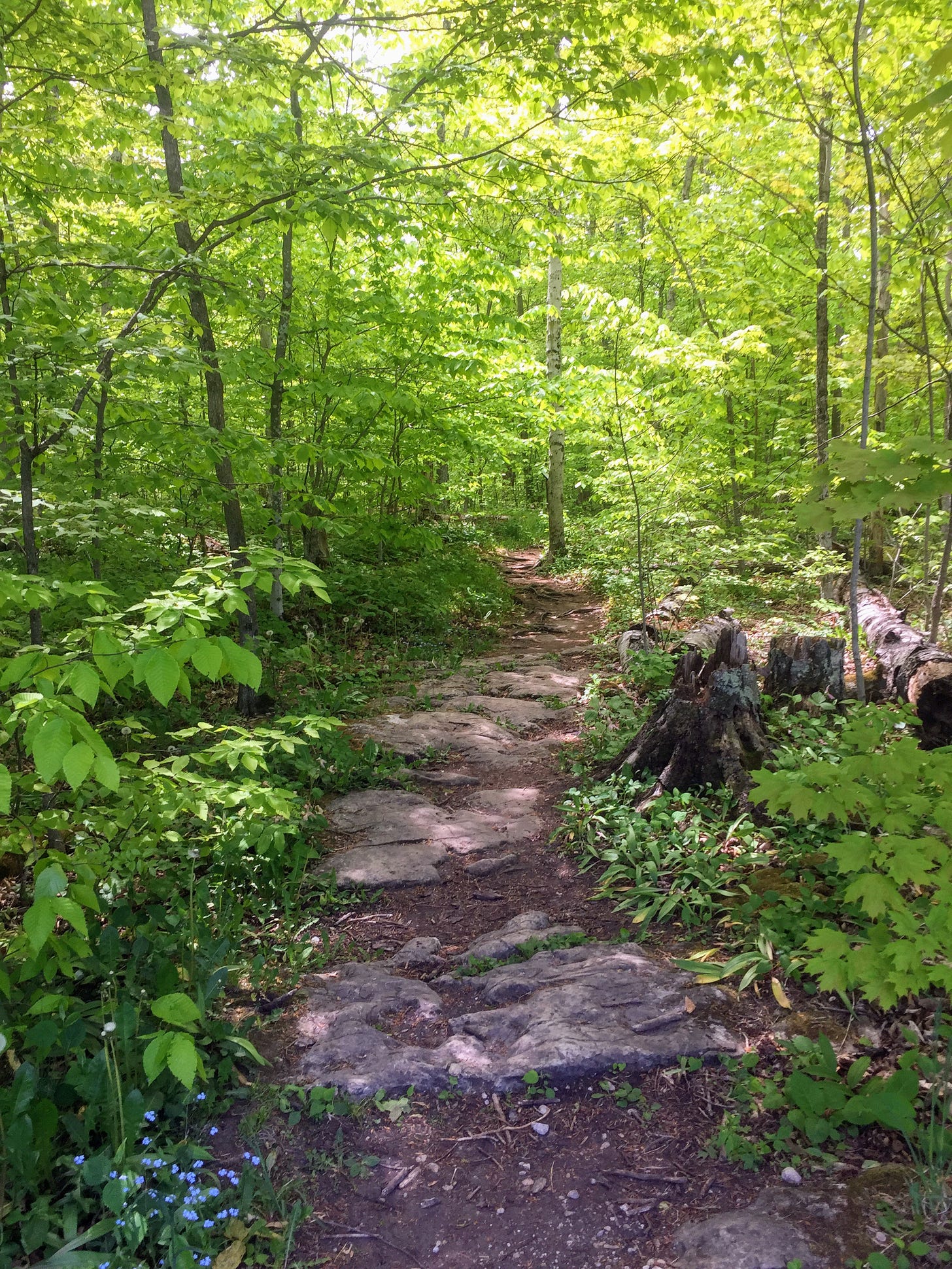
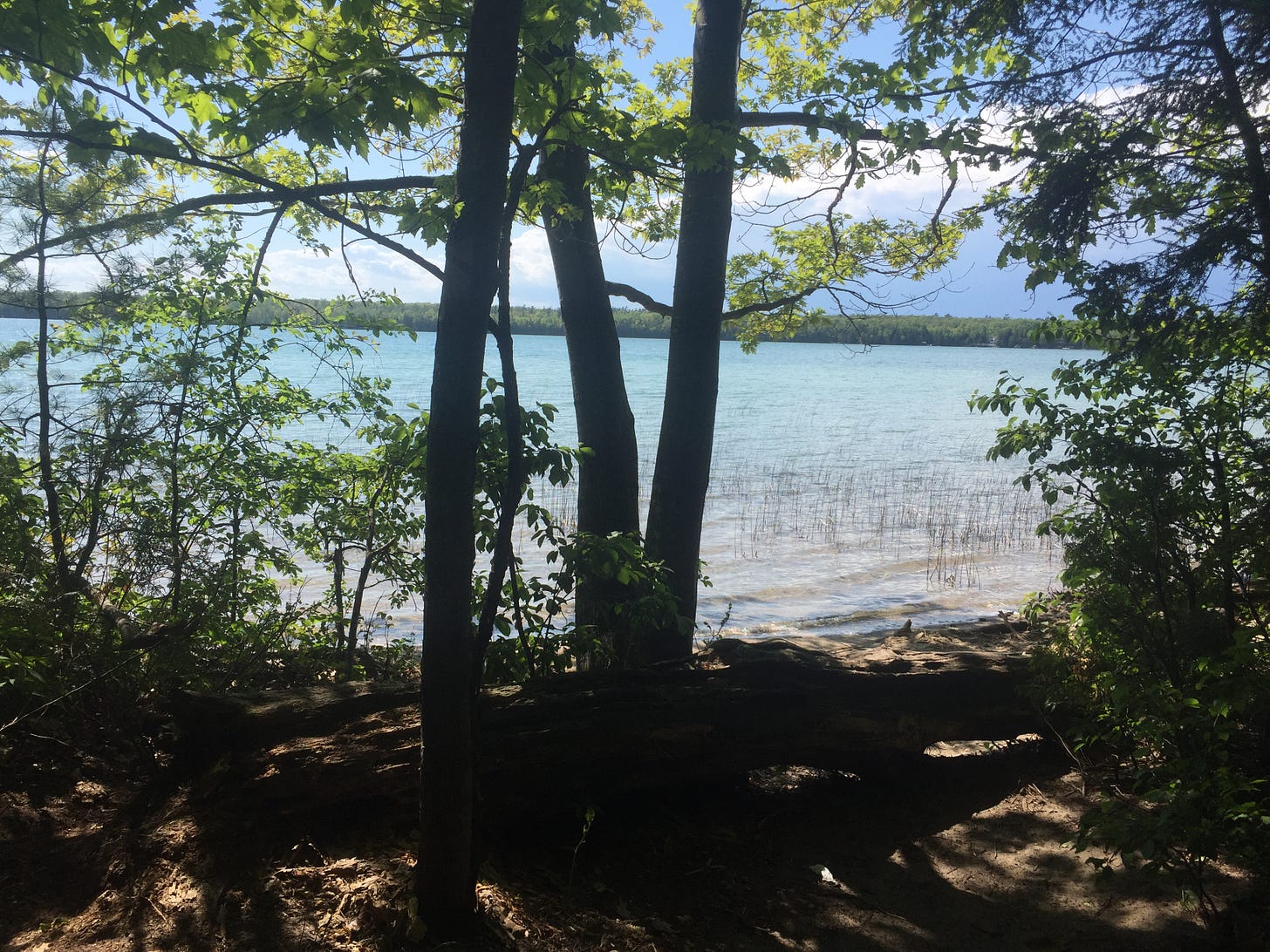
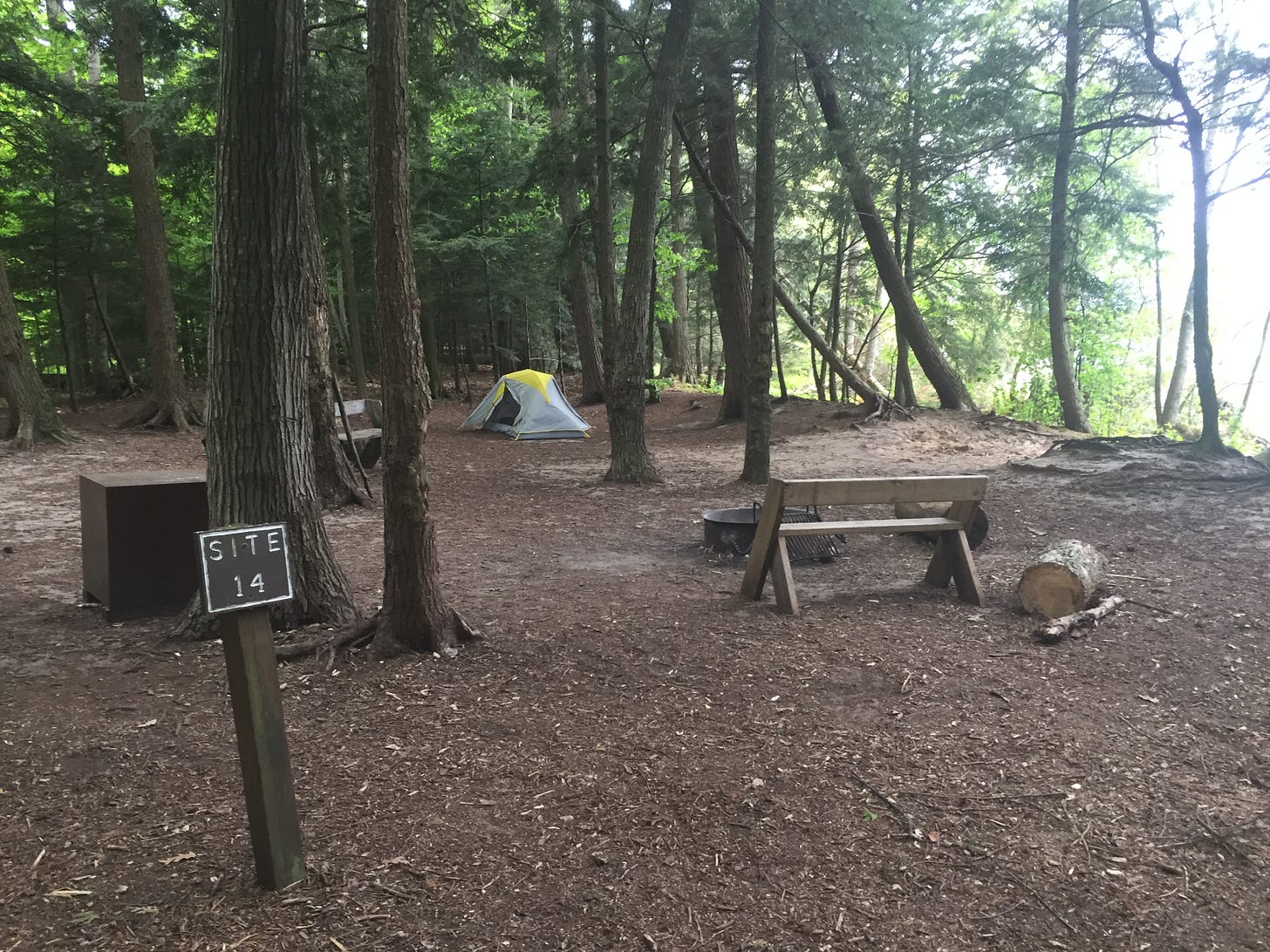
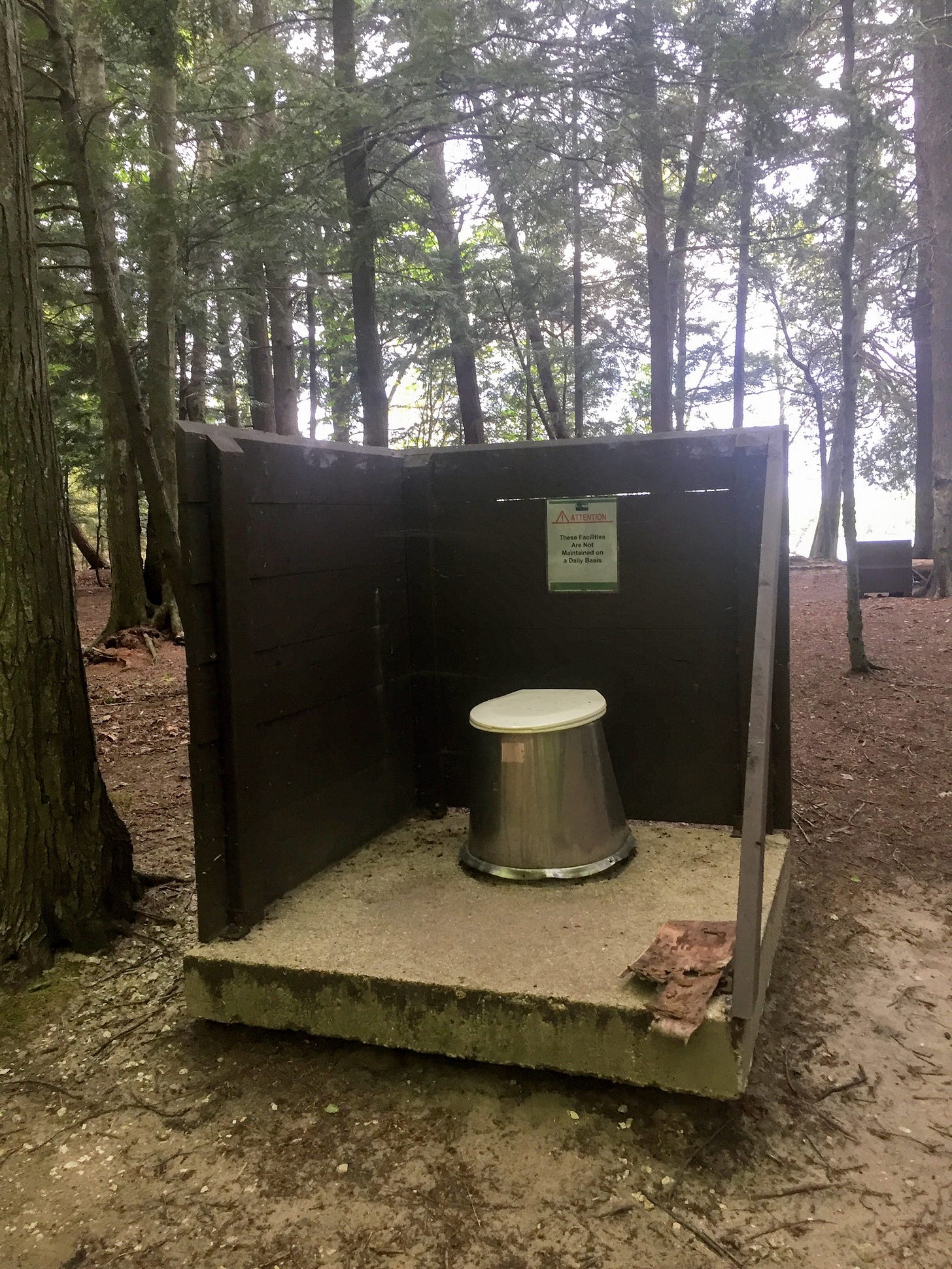
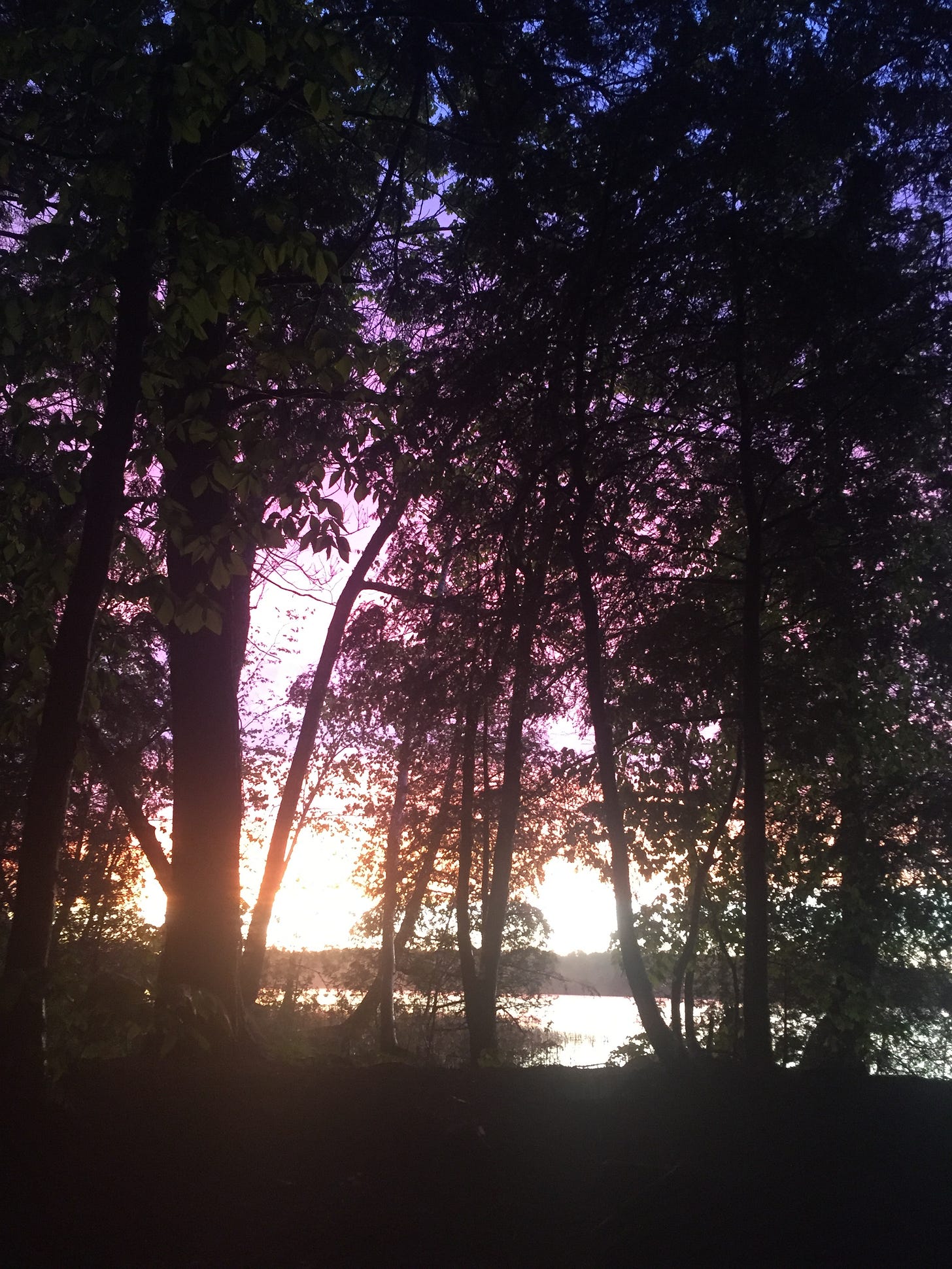
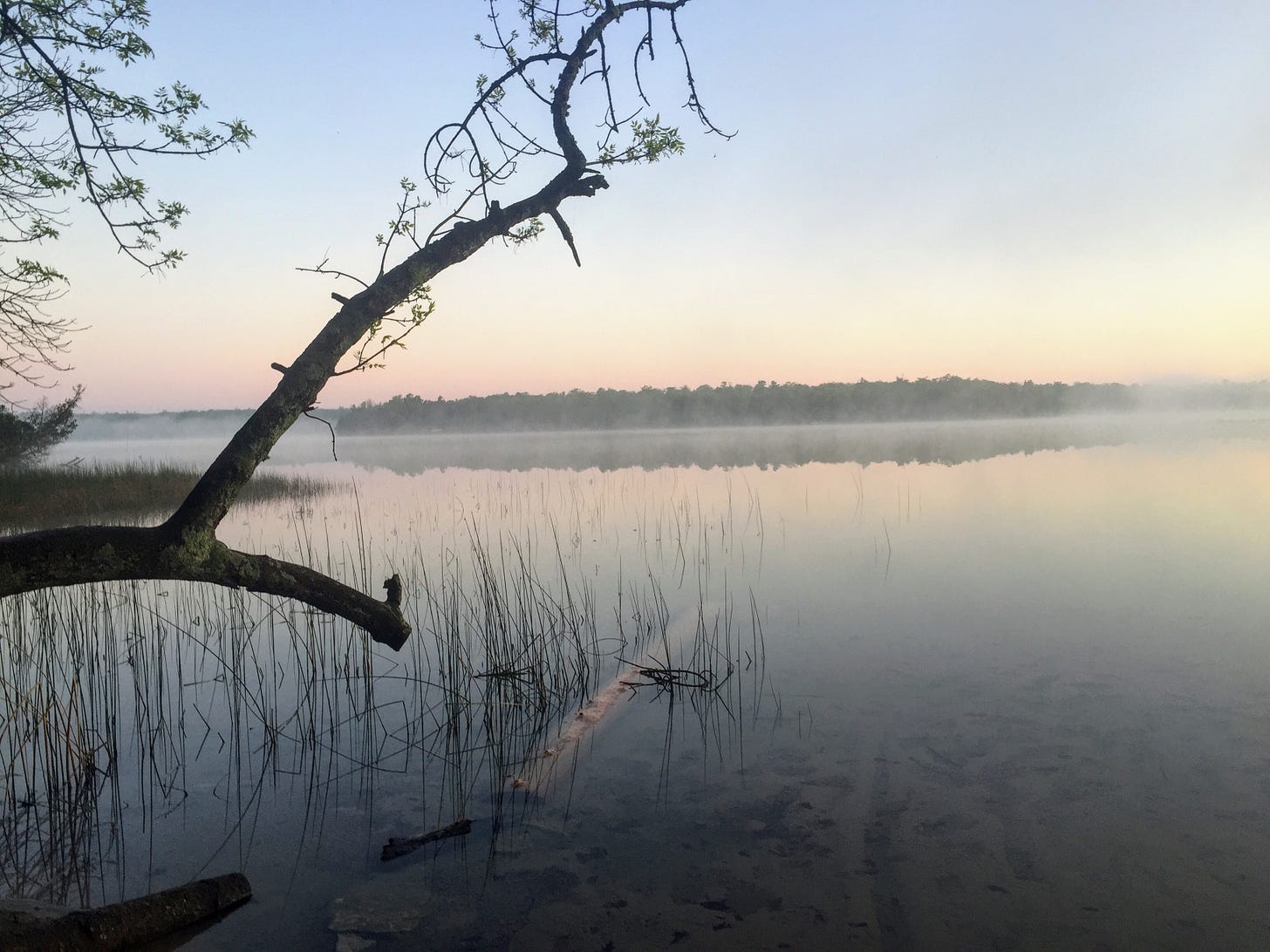
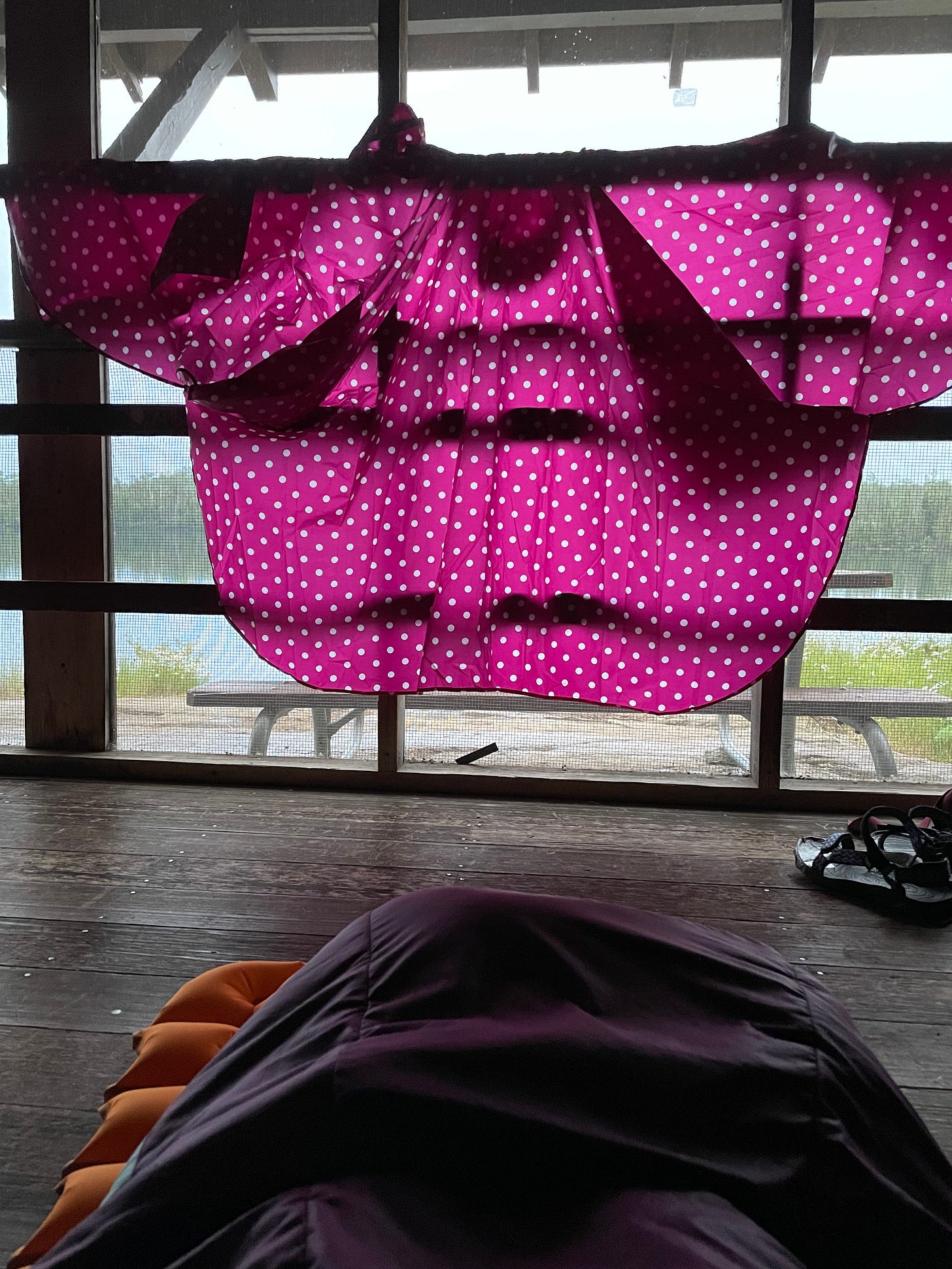
Back in the 70's and 80's, we all used ponchos for backpacking. They don't always work great in the wind, and don't keep your legs very dry, but they are breathable and multi-function. They can keep your pack dry and provide privacy. Most of my backpacking has been in places that are cold at night, so a water- and wind-proof jacket comes in handy. This year, we were going over a pass at 12K feet and it was extremely windy. We needed our jackets. In WI, that doesn't really come up.